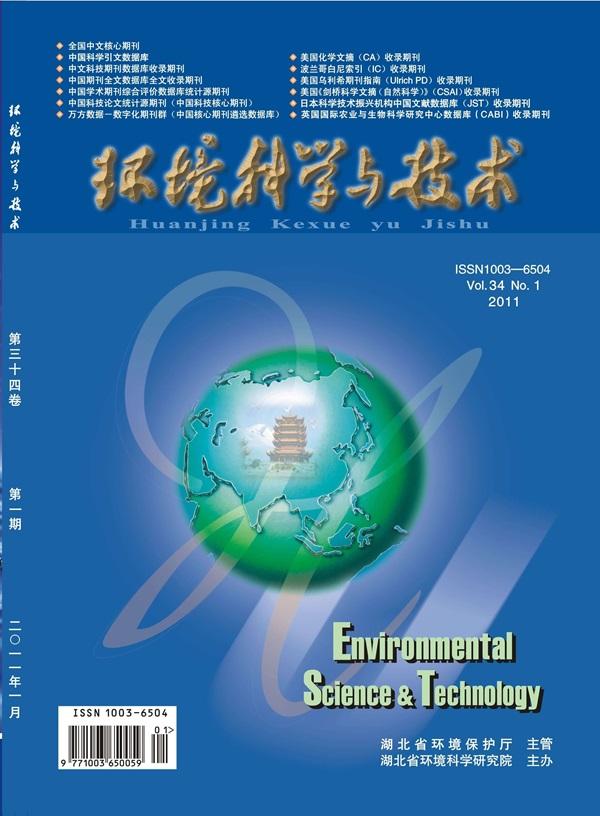Microfluidic Study on Green Remediation of Nonaqueous Phase Liquid (NAPL) Contamination in Heterogeneous Groundwater Systems Using Dihydrolevoclucosenone (Cyrene)
IF 10.8
1区 环境科学与生态学
Q1 ENGINEERING, ENVIRONMENTAL
引用次数: 0
Abstract
One of the primary challenges in conventional remediation of nonaqueous phase liquid (NAPL) contamination in groundwater is the heterogeneous nature of the groundwater system. Conventional remediation agents are often carried away by groundwater flow in high-permeability layers, making it difficult to access NAPL contaminants in low-permeability layers and are prone to generate secondary contamination. This study explores the use of dihydrolevoclucosenone (Cyrene), a bioderived green solvent, as an alternative to traditional remediating agents for NAPL remediation. Through microfluidic experiments and accompanying numerical modeling, we demonstrate that Cyrene enhances the dissolution and mobilization of NAPL contaminants, particularly in low-permeability zones, achieving residual NAPL reductions of up to 80% compared with water and Tween 80 solutions. These findings underscore Cyrene’s dual environmental benefits as an eco-friendly solvent for both treating solid waste (e.g., stalks) and for NAPL remediation, paving the way for sustainable and green solutions in environmental management.

双氢左旋环己烷(Cyrene)对非均质地下水系统中非水相液体(NAPL)污染的绿色修复微流控研究
地下水系统的非水相液体(NAPL)污染的常规修复面临的主要挑战之一是地下水系统的非均质性。常规的修复剂往往在高渗透层中被地下水带走,导致NAPL污染物难以进入低渗透层,容易产生二次污染。本研究探索了生物衍生绿色溶剂二氢左旋环己烯酮(昔兰尼)作为传统修复剂的替代品,用于NAPL的修复。通过微流体实验和相应的数值模拟,我们证明了昔兰尼增强了NAPL污染物的溶解和动员,特别是在低渗透区,与水和Tween 80溶液相比,可实现高达80%的剩余NAPL减少。这些发现强调了昔兰尼作为处理固体废物(如秸秆)和NAPL修复的环保溶剂的双重环境效益,为环境管理中的可持续和绿色解决方案铺平了道路。
本文章由计算机程序翻译,如有差异,请以英文原文为准。
求助全文
约1分钟内获得全文
求助全文
来源期刊

环境科学与技术
环境科学-工程:环境
CiteScore
17.50
自引率
9.60%
发文量
12359
审稿时长
2.8 months
期刊介绍:
Environmental Science & Technology (ES&T) is a co-sponsored academic and technical magazine by the Hubei Provincial Environmental Protection Bureau and the Hubei Provincial Academy of Environmental Sciences.
Environmental Science & Technology (ES&T) holds the status of Chinese core journals, scientific papers source journals of China, Chinese Science Citation Database source journals, and Chinese Academic Journal Comprehensive Evaluation Database source journals. This publication focuses on the academic field of environmental protection, featuring articles related to environmental protection and technical advancements.
 求助内容:
求助内容: 应助结果提醒方式:
应助结果提醒方式:


